Growth in Consumer Electronics
The consumer electronics sector is witnessing a notable increase in the adoption of microcellular polyurethane foam, which serves as a crucial component in various devices. The Microcellular Polyurethane Foam Market benefits from the demand for lightweight and durable materials that enhance product performance. With the proliferation of smartphones, tablets, and wearable technology, manufacturers are increasingly utilizing this foam for cushioning and protection. Market data suggests that the consumer electronics segment is expected to grow at a compound annual growth rate of around 6% over the next few years. This growth is driven by the need for improved user experience and product longevity, positioning microcellular polyurethane foam as a vital material in the industry.
Rising Demand in Automotive Sector
The automotive industry appears to be a significant driver for the Microcellular Polyurethane Foam Market. As manufacturers increasingly seek lightweight materials to enhance fuel efficiency and reduce emissions, microcellular polyurethane foam is gaining traction. This material offers excellent energy absorption and sound insulation properties, making it ideal for various automotive applications, including seating and interior components. Recent data indicates that the automotive sector accounts for a substantial portion of the overall demand for microcellular polyurethane foam, with projections suggesting a growth rate of approximately 5% annually. This trend is likely to continue as automakers prioritize sustainability and performance, further solidifying the role of microcellular polyurethane foam in vehicle design.
Expansion in Healthcare Applications
The healthcare sector is experiencing a notable expansion in the use of microcellular polyurethane foam, which is becoming increasingly important in medical applications. The Microcellular Polyurethane Foam Market is benefiting from the rising demand for advanced materials in medical devices, wound care, and cushioning products. This foam offers excellent biocompatibility and comfort, making it suitable for various healthcare applications, including prosthetics and orthopedic devices. Market analysis suggests that the healthcare segment is projected to grow at a robust rate, driven by the increasing focus on patient comfort and the development of innovative medical solutions. As healthcare providers seek to enhance patient outcomes, the role of microcellular polyurethane foam is likely to become more prominent in the industry.
Increasing Focus on Energy Efficiency
The growing emphasis on energy efficiency across multiple industries is driving the Microcellular Polyurethane Foam Market. As companies strive to reduce their carbon footprint and comply with stringent environmental regulations, the demand for energy-efficient materials is on the rise. Microcellular polyurethane foam, known for its excellent thermal insulation properties, is increasingly being utilized in building and construction applications to enhance energy efficiency. Recent studies indicate that buildings utilizing this foam can achieve significant reductions in energy consumption, making it an attractive option for architects and builders. This trend is likely to continue as sustainability becomes a core focus for industries worldwide, further propelling the demand for microcellular polyurethane foam.
Advancements in Manufacturing Techniques
Technological advancements in manufacturing processes are significantly influencing the Microcellular Polyurethane Foam Market. Innovations such as improved foaming techniques and enhanced material formulations are enabling manufacturers to produce foams with superior properties, including increased strength and reduced density. These advancements not only enhance the performance of microcellular polyurethane foam but also expand its applications across various industries, including construction and packaging. The market is likely to experience a surge in demand as companies adopt these new technologies to meet evolving consumer needs. Furthermore, the integration of automation and smart manufacturing practices is expected to streamline production, potentially reducing costs and increasing efficiency in the microcellular polyurethane foam sector.


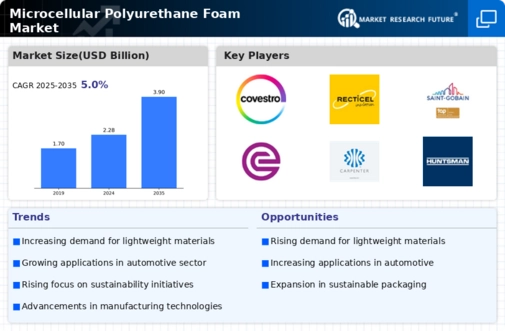
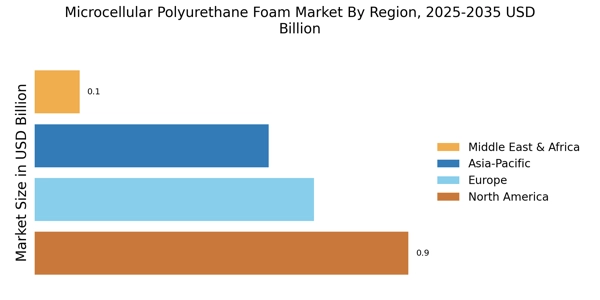

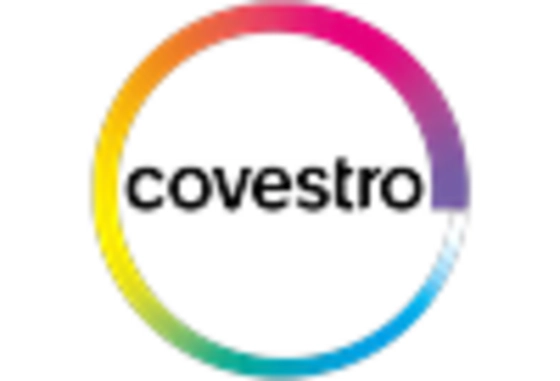


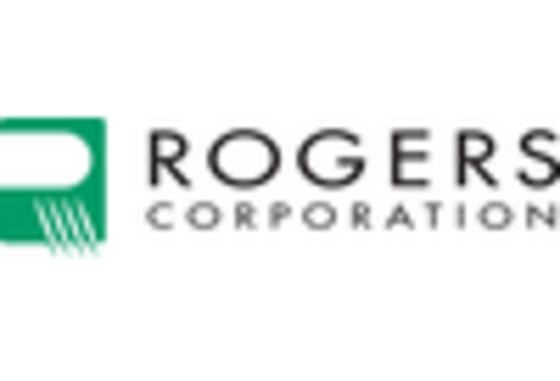
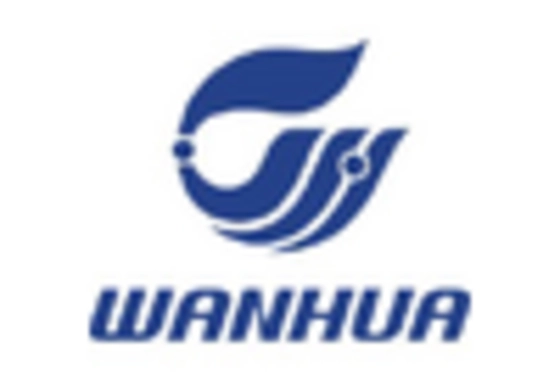








Leave a Comment